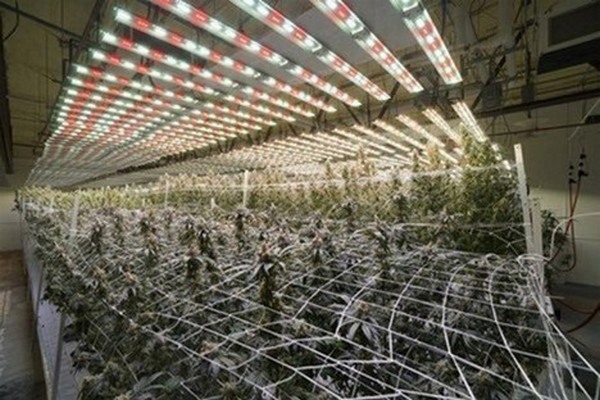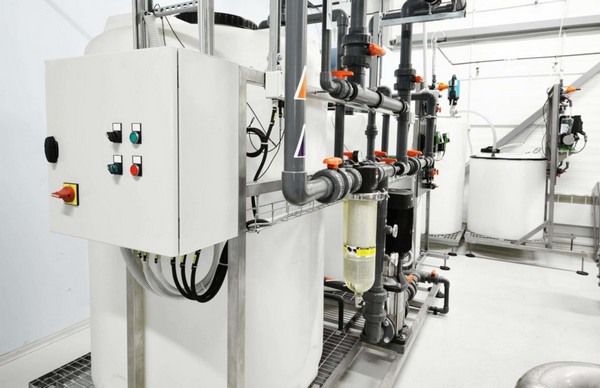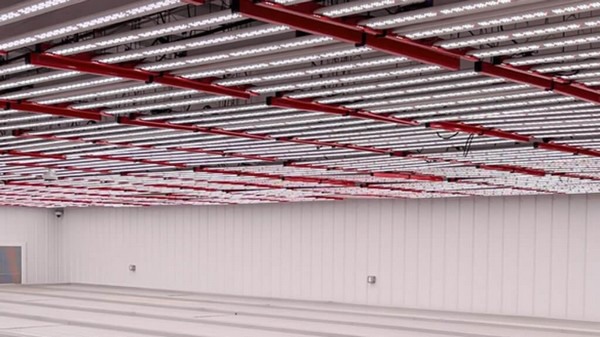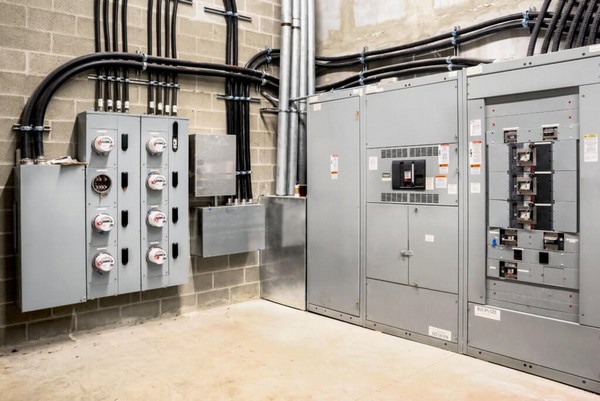“We all love that new-market $4000 price-per-pound. But realistically, cultivators are getting squeezed in mature states, and at some point, they’ll get squeezed in all of them. Managing operating costs while maximizing yields is the only way to survive the inevitable decline in revenue associated with changing market conditions,” says Brandy Keen, Co-Founder of Surna Cultivation Technologies. As this topic is currently of major concern in the industry, Surna will soon be hosting a webinar where industry experts will discuss how you can produce more for less.
Planning for the market
First of all, Brandy explains that when it comes to business planning, there are some aspects that may be overlooked, such as the actual market. “It can be easy to become hyper-fixated on getting your farm off the ground, but it is important to take the time to ensure your business is going to be a good fit for the market you plan to serve. When it comes to launching an indoor farm, the most important question you must answer is not ‘can I grow it,’ but rather ‘can I sell it – and make a profit?’”
When doing so, it is important to consider the current players in the game. What has made them successful? What have they failed at? Are there gaps in the market you can fill? What is the pricing outlook for the crops you plan to cultivate, and how will you brand them? “This is especially important for cannabis growers who, while they may be able to procure a cultivation license, could be faced with an oversaturated market at one point or another. As more operators try to take their piece of the pie, especially in states with unlimited licenses, prices drop – but operating costs stay the same or even increase over time (property taxes go up, wages increase, and the cost of utilities can fluctuate).”
Reducing your operation costs
Brandy thus explains that the key to not just surviving the ebb and flow of the market, but thriving in it, is to manage the cost of operation. “Of course, there are big, expensive steps you can take. Investments in automation to reduce labor costs and renewable energy to reduce energy costs are some examples. But these investments are not always financially feasible for every cultivator and leaves out facilities that are already in operation. The good news is that there are some practical, tangible actions you can take that will directly impact your bottom line without blowing up the capital budget—whether you’re already operating a facility or planning a new one.”
For example, let’s consider water use. “Since water is relatively inexpensive in many areas, most cultivators don’t pay a lot of attention to water consumption and conservation. However, managing irrigation carefully can help you reduce not just your water consumption but also your nutrient costs, which can be considerable. 20% runoff through irrigation doesn’t just mean 20% wasted water. It also means 20% wasted nutrients. These numbers can add up very quickly and cost cultivators a surprising amount when it’s all said and done. Therefore, it’s worth your time to dial in your irrigation strategies to limit watering volume to only what’s needed. As most cultivators utilize some kind of automated irrigation, spending a few weeks paying close attention to runoff and tightening up irrigation methodologies is a low-cost way to reduce operating costs while spending almost nothing.”
When it comes to grow lights, LED lighting produces useable light more efficiently than HID lighting, meaning that generally, you can achieve the same PPFD with less wattage (or higher output for the same wattage), Brandy explains. “The operating impact is less energy use associated with the lighting itself, less energy use associated with the HVAC system due to lower sensible heat loads, and higher longevity in the fixtures themselves resulting in lower long-term replacement costs. Even if the upfront costs are higher with LEDs, the long-term costs are significantly lower in most cases.”
There are also some scheduling adjustments that you can make that cost zero dollars but could translate to big savings on your energy bill. “For example, power is generally most expensive during peak use hours, which are typically in the morning when families are getting ready for work or school, and in the evening when everyone gets home. Adjust your lighting and HVAC schedules to minimize your power use during peak hours. If done right, your efforts could result in substantial savings.”
As much as you may hate to risk a harvest by changing what has worked for your operation in the past, Brandy explains that there is real danger in the ‘we’ve always done it this way’ mindset. “Refusing to experiment or try new methodologies is a good way to get left behind. What if you could adjust one parameter and improve yield or quality of a specific strain or cultivar? What if you could adjust a parameter and reduce costs without sacrificing yield or quality? There is a risk with any change, which is why we’ve always advocated for R&D rooms in cultivation facilities. While there is some cost involved, the rooms don’t have to be particularly large or densely planted, and investment can be minimal.”
Interested in learning more?
This article has given away just a fraction of the information that the panelists will share today in Surna’s webinar: ‘The Race to the Bottom: How to Survive When the Pound Price Tanks.’ If you are interested in learning more about the topic, the webinar will be held today, November 29, from 2:00 PM – 3:00 PM EST (8:00 PM - 9:00 PM CET). Click here to register.
For more information:
Surna Cultivation Technologies
info@surna.com
www.surna.com
